Enhance your CPQ Engine with Advanced Configuration from Logik.io
Logik.io supercharges the "Configuration" piece of your CPQ software with an advanced product configurator that makes even the most sophisticated products simple to sell. Create customizable guided selling layouts and take advantage of our high-performance solution that helps reps sell every product faster, and win more deals.
TRUSTED BY

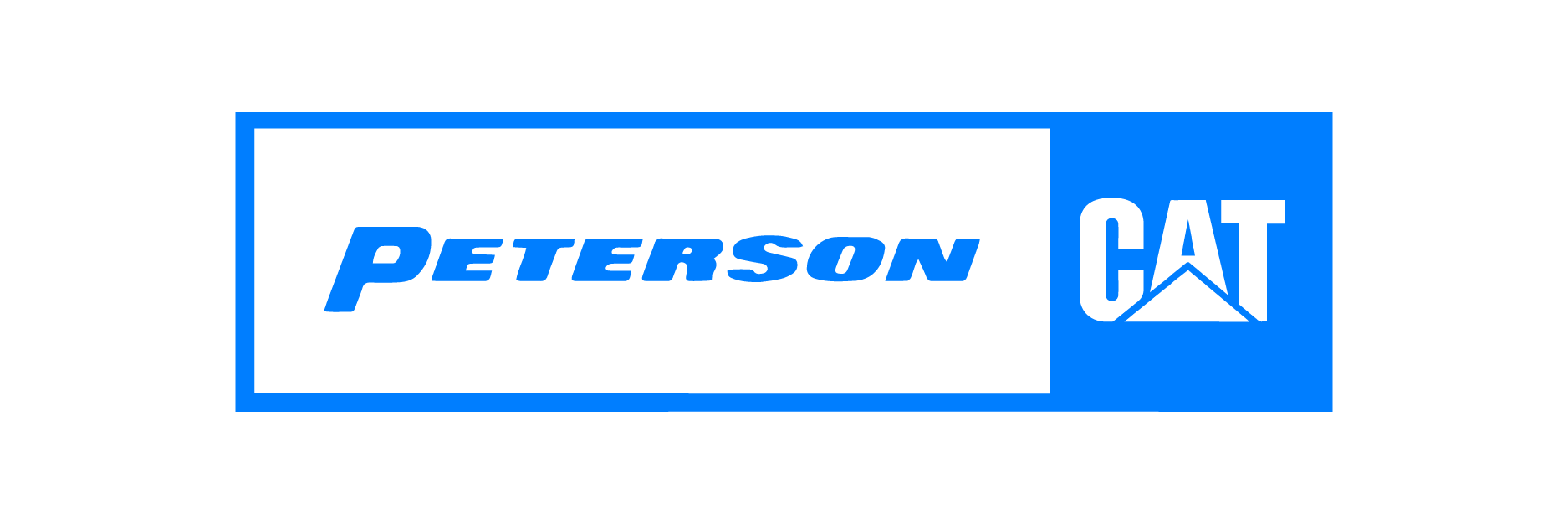
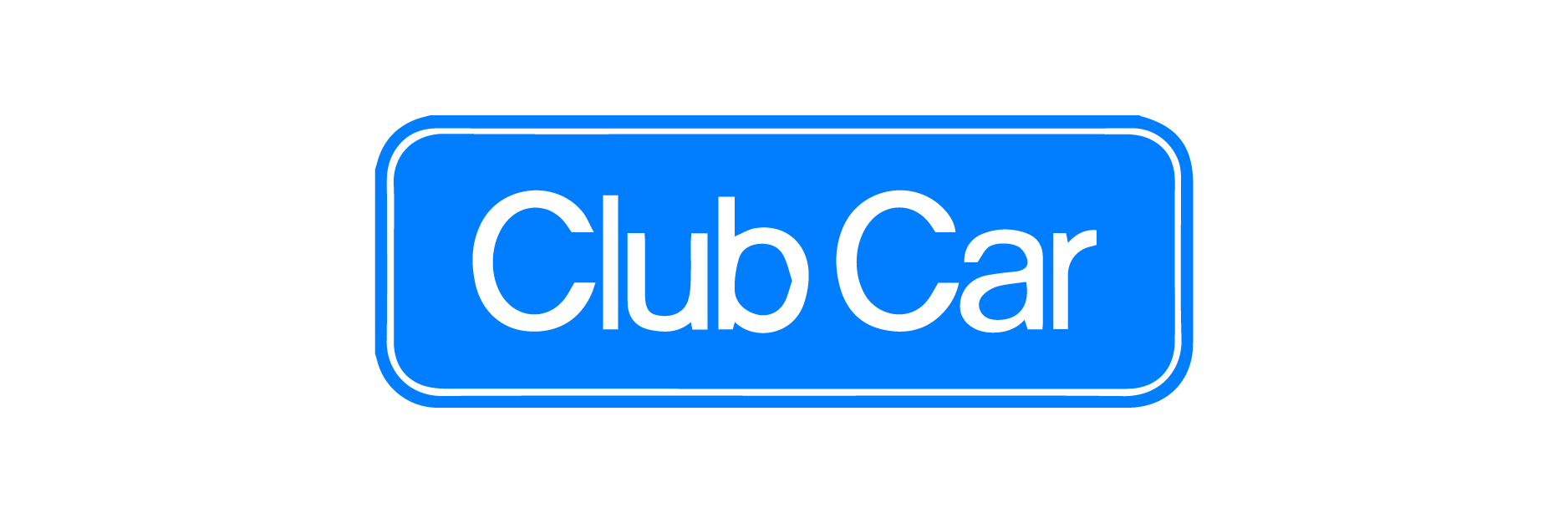


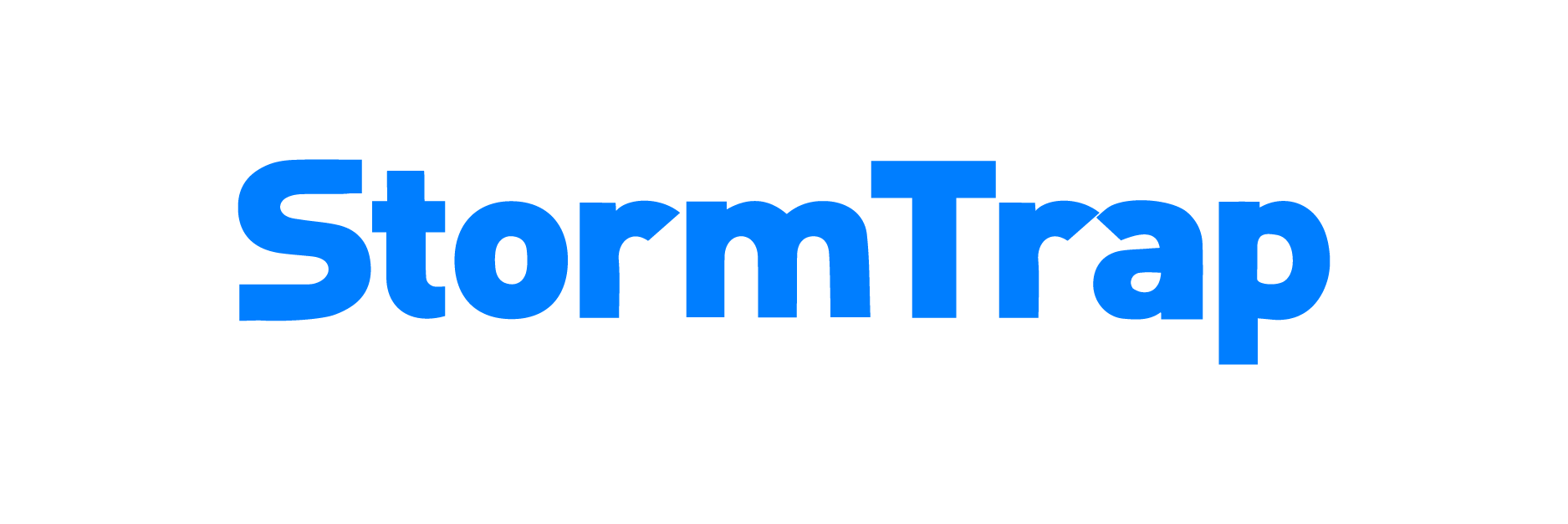
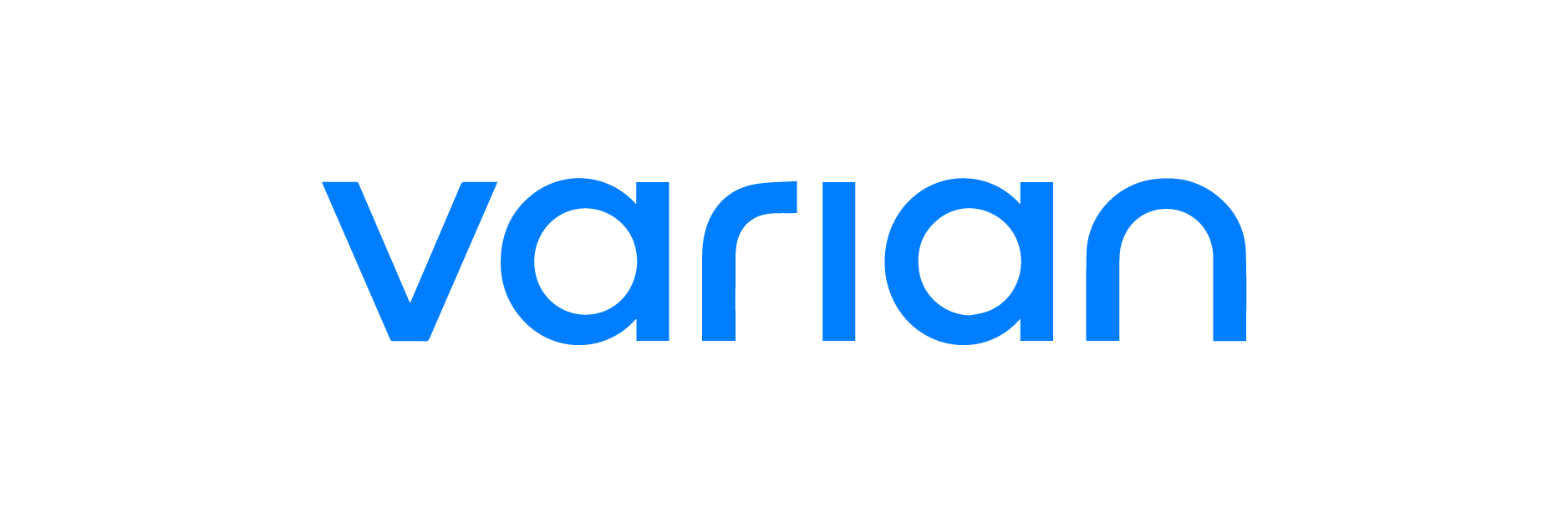
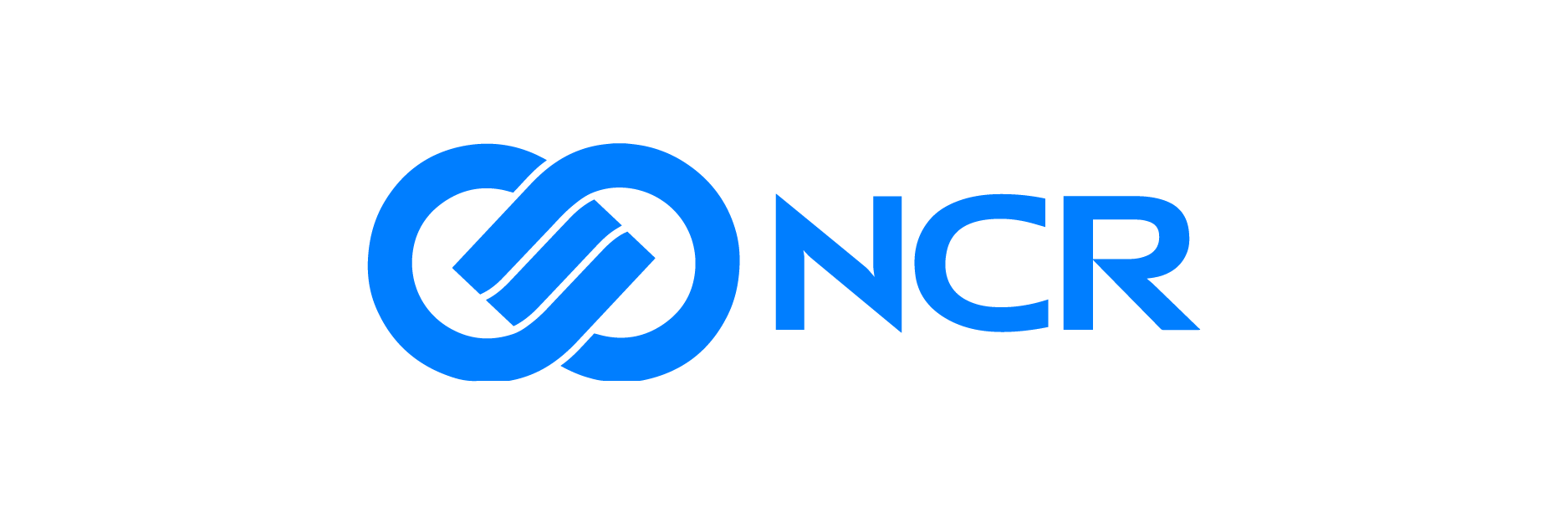
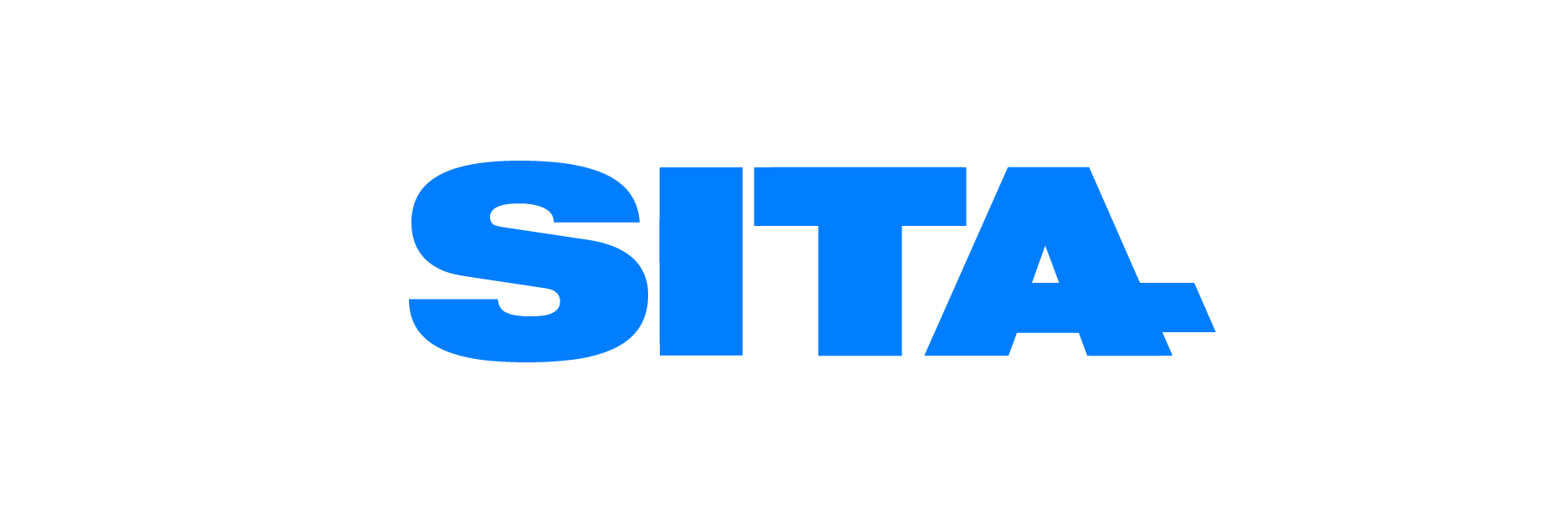
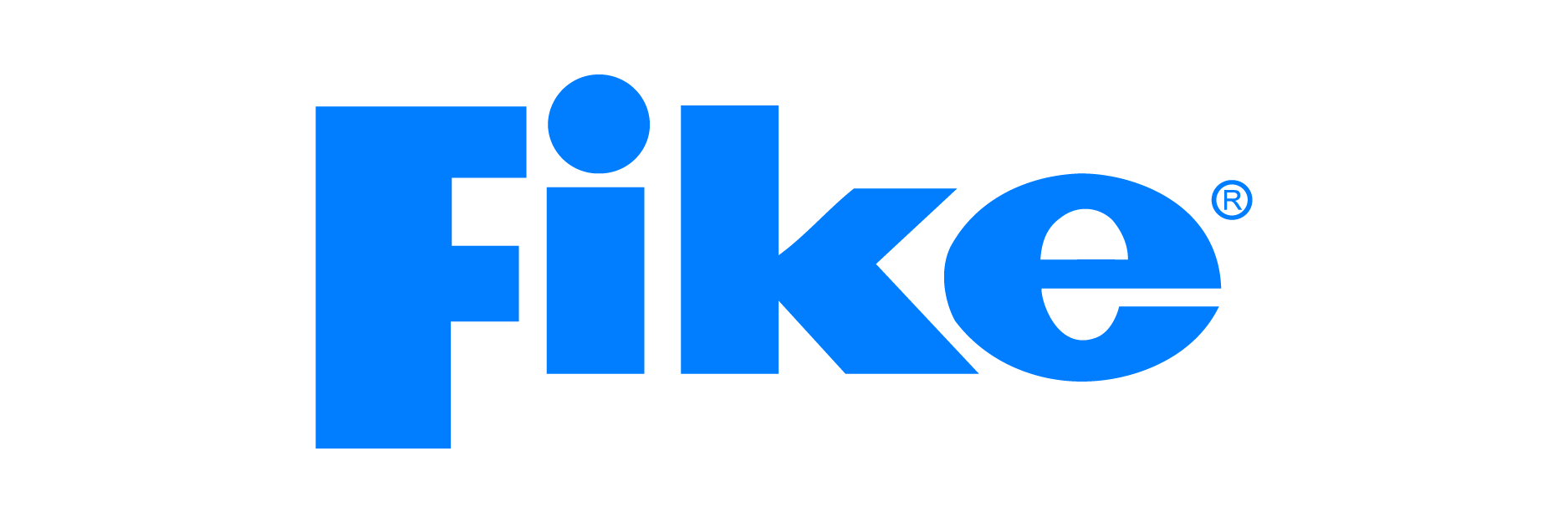
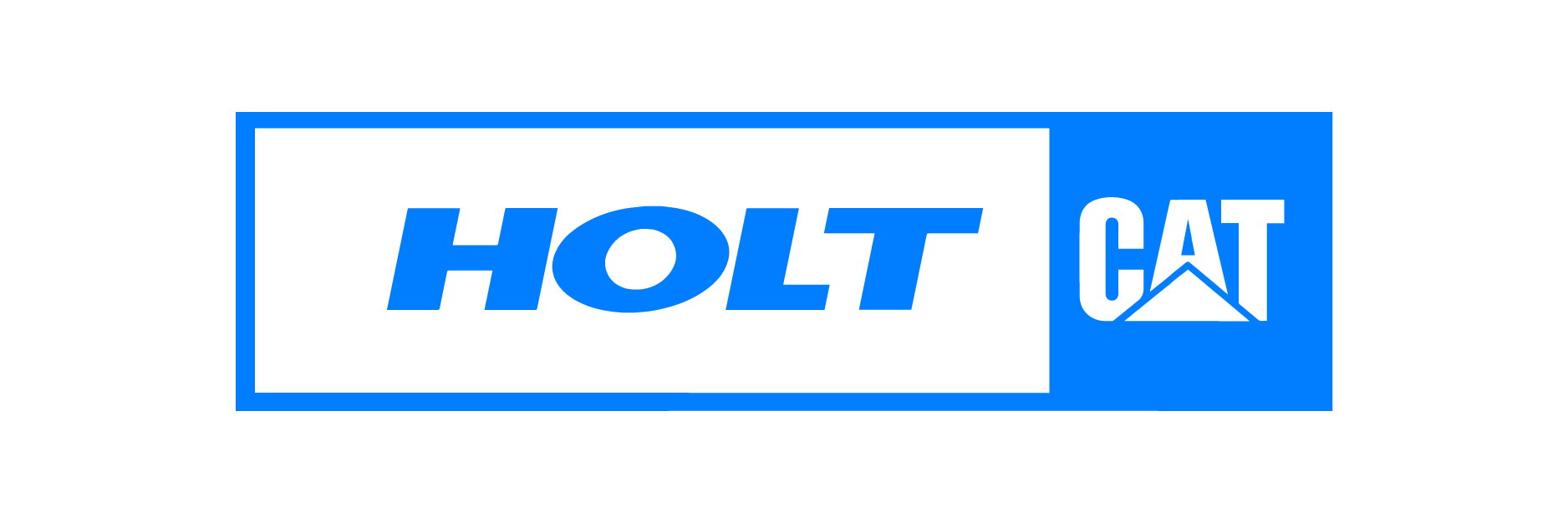

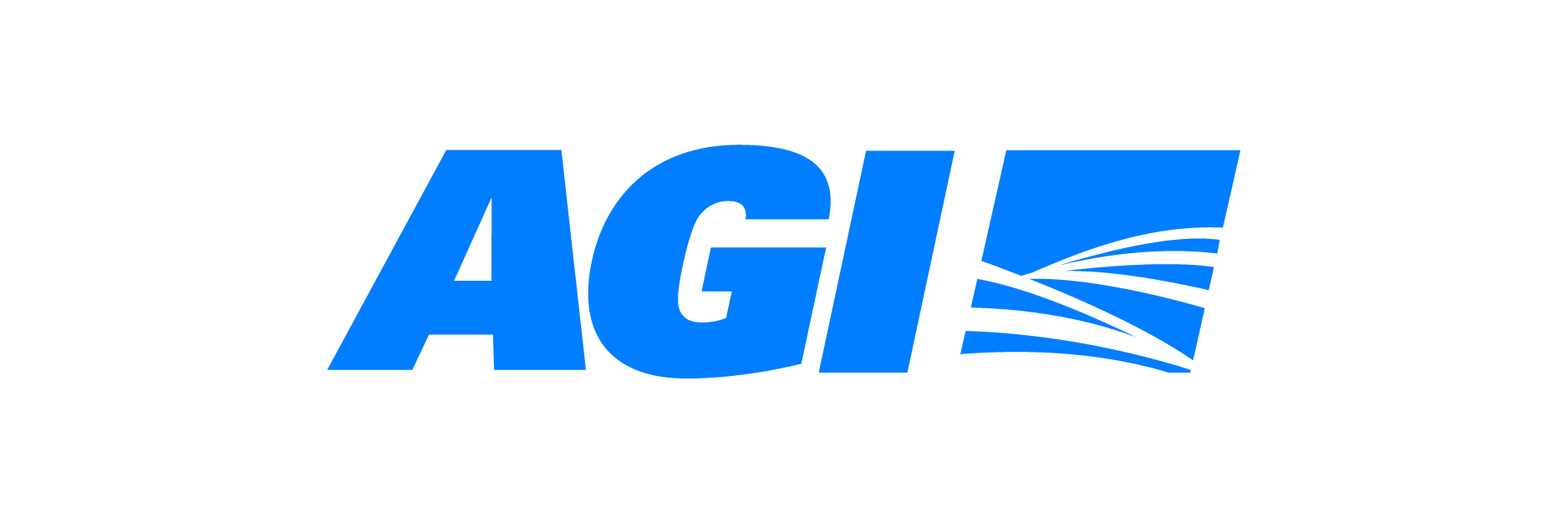
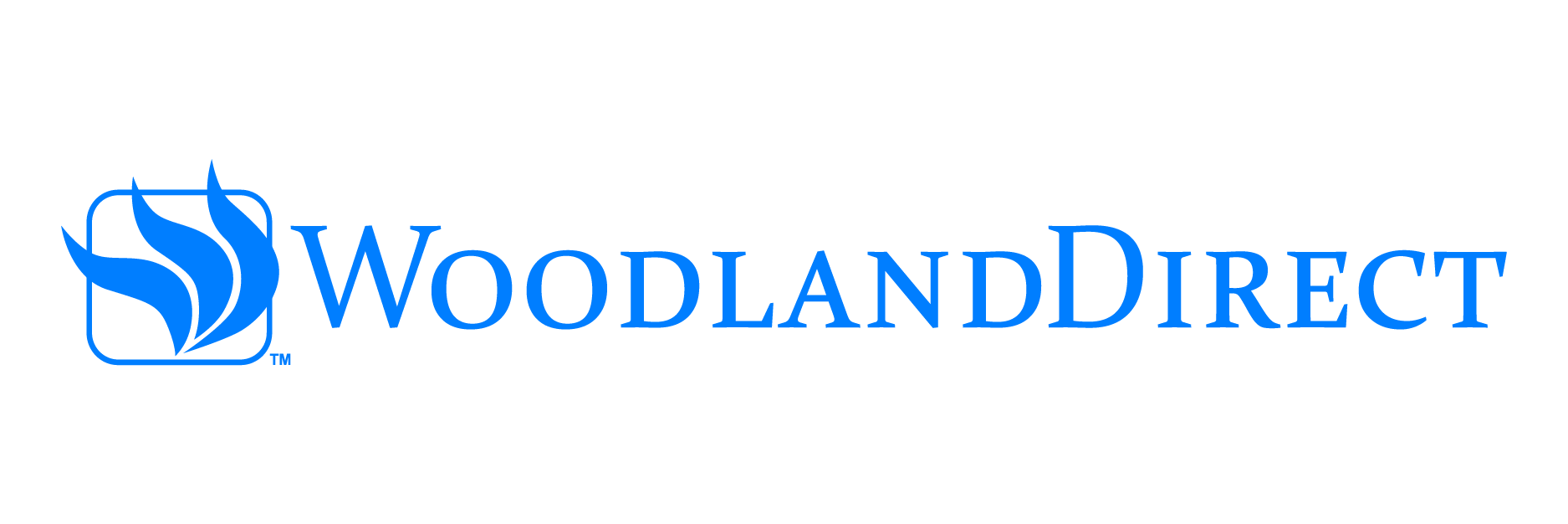
How does Logik.io's CPQ software enhancement work?
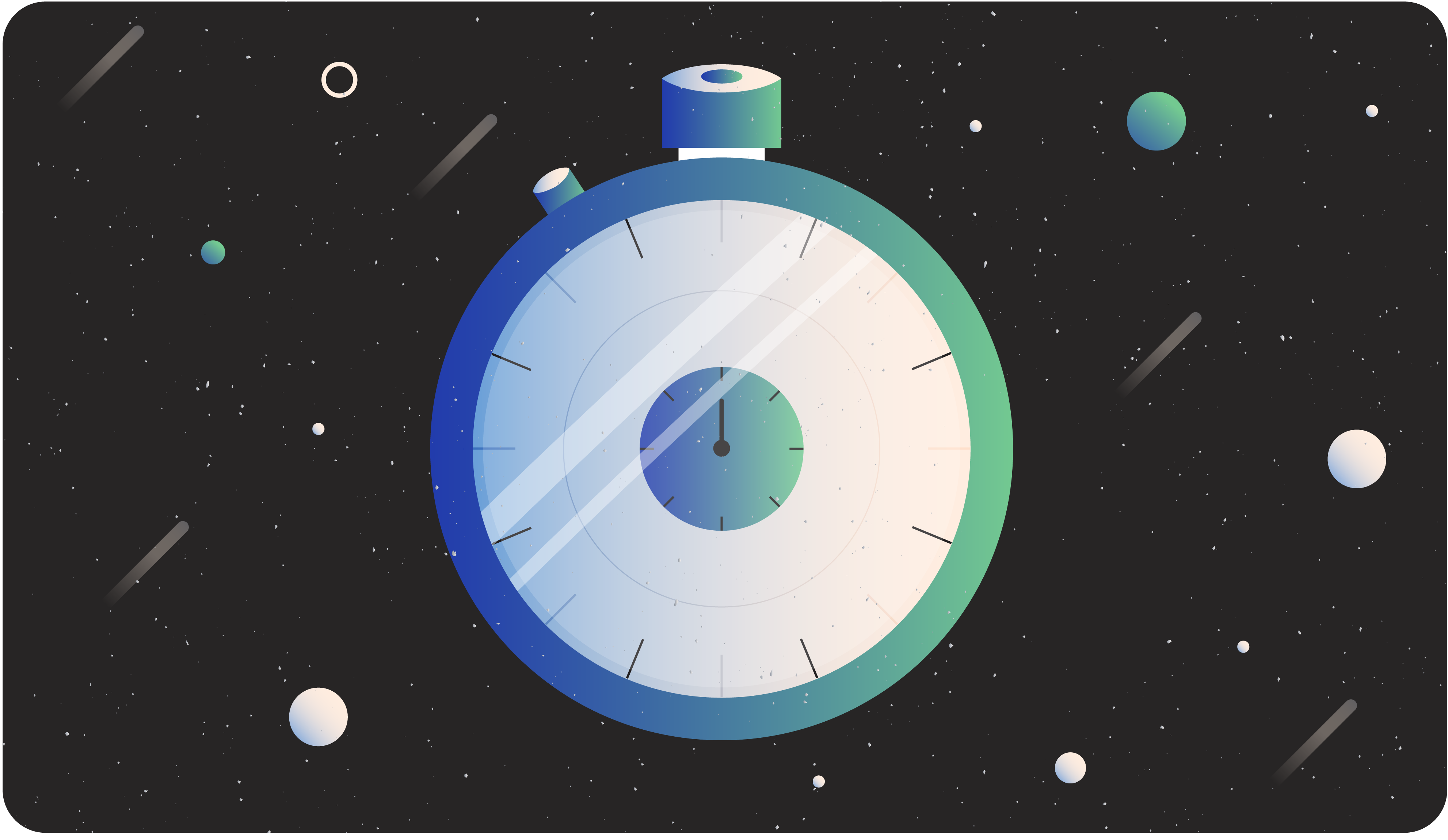
Flexible & Intuitive
Give your sales reps the tool they need to deliver a quote for products and services that fit exactly what your customer needs. No more picking through part numbers and product lists. Let Logik.io guide every seller to the perfect solution.

Maintain a Single Source of Data
Logik.io enhances the "C" of Salesforce CPQ, and is built directly on the Salesforce platform and within the Salesforce data structure, so you can still leverage all your product data in one central place. Logik.io works right alongside your existing system.

Lightning Fast Speeds
Logik.io adds a proprietary solving engine to Salesforce CPQ built to handle advanced product configurations with split second speed speed for sales reps to produce quotes faster for every product, for every customer, every time.
Table of Contents
Section 1 CPQ Engine
A CPQ engine—also called a commerce logic engine
—is a kind of business software that allows traditional and eCommerce retailers to streamline their sales process, implement easy product customization, and aid customers in finding the right item(s). CPQ stands for configure, price, quote for the three basic steps that the CPQ flow walks users through.
The first step is to configure the item using the retailer's base products, components, features, add-ons, and customization options to create the consumer's ideal product. Next, it determines the product's total price by factoring in the cost of every option chosen. As users add or change product details, the CPQ engine automatically displays pricing updates to reflect them. This real-time cost display method is called dynamic pricing.
The last step is generating a quote using the dynamic pricing total plus any additional pricing information (discounts, markups, coupons, etc.). Having one centralized location for pricing data increases quote accuracy, eliminates human error, saves time, and streamlines processes because nobody uses outdated pricing or wastes time finding the newest figures. When prices change, they only need to be updated in one place, simplifying maintenance.
We'll go into more detail, provide some specifics, and cover concrete examples to provide the best understanding possible. However, if you need more, Salesforce CPQ help resources are comprehensive and widely valued. The Salesforce CPQ tutorials available in the Salesforce CPQ Trailhead section can provide more detailed instructions.
Salesforce CPQ tutorial PDFs can help those needing outlines or summaries of specific information. Our Logik for Salesforce CPQ demo is great for visual learners. We won't cover hyper-specific FAQs like Salesforce CPQ pricing options in any real detail. However, that information can easily be found for those who need it. Let's get started on the broad strokes.
Section 2 CPQ Process
People learning about CPQ for the first time often want to learn about the CPQ process.
First, the retailer adds all their products, configuration and customization options, add-ons, corresponding digital assets, and pricing information. Then they set up the logic—like configuration rules, exclusions, steps, and filter options.
From there, customers—with or without the help of sales reps—can find/create their ideal solution. The logic engine makes this process quick and easy. Reps and customers are guided through the process by the CPQ engine. The configuration rules and logic set up earlier provide a framework for designing the best product.
It asks questions and provides options, then uses product information and configuration logic to narrow down the choices based on the responses. It's like playing 20 questions, just more advanced. Customers using an eCommerce logic engine themselves is known as guided selling or self-guided sales. The ability to use the CPQ engine in multiple ways—guided by reps, self-guided by customers, or some combination of both—is called omnichannel selling.
Again, no matter what CPQ engine you end up with, it can be useful to utilize Salesforce CPQ documentation to learn more. Learning about the Salesforce CPQ lifecycle will help you get a broader understanding of the CPQ process overall using detailed and helpful resources. Even if later, you choose a different CPQ, SAP, for example, you'll still know the important points.
Section 3 CPQ Examples
CPQ examples are a great way to help people really contextualize what we're talking about to understand it on a deeper level.
The most relatable CPQ example is that of a fast-food or chain restaurant. Imagine using a kiosk at your favorite fast-food place. You can choose from various options for your main dish, like a burger or chicken sandwich, and add or remove any toppings to customize it.
Then, you'll be prompted to choose the size and kind of side and drink you want and add any additional items (sides, desserts, etc.). Every time you add or remove something, the total updates. Once you're finished, the final price is calculated based on your choices, plus tax, and you're presented with the order total (quote) and payment options.
The same thing happens at chain restaurants. You can use the kiosk at your table, or the server can ask questions to guide you. These are all commonplace CPQ examples. They just aren't usually called that.
For more eCommerce CPQ illustrations, search for Salesforce CPQ examples. They provide plenty of Salesforce CPQ use cases to help. If the Salesforce CPQ architecture doesn't align with the CPQ option you favor or the integrations you need, you can look up examples of SAP CPQ use cases, CPQ for HubSpot, CPQ for NetSuite, or any other specifics you need.
Section 4 SAP CPQ
While we've been focusing mostly on Salesforce CPQ as a great source of examples and resources, it's not the only option.
SAP CPQ is another top leader in the field. The available SAP CPQ documentation is also a very comprehensive resource for getting information on the CPQ process or to see the CPQ flow of a different logic engine for comparison.
They have SAP CPQ training courses for a more in-depth understanding of the system as well. If you need specific information, the best place to get answers to your questions is the SAP CPQ help section.
If you're just beginning to look into the subject and aren't ready for detailed tutorials just yet, there are plenty of SAP CPQ PDF guides online that can help. Some are basic overviews while others are CPQ cheat sheets with bullet points on certain areas such as configuration rules, SAP CPQ architecture, set-up steps, etc. Those are all great places to start depending on your needs.
Section 5 Oracle CPQ
If neither of those appeals to you, Oracle CPQ is a third well-renowned system with helpful resources and examples.
The Oracle CPQ help section has information on various Oracle topics and Oracle CPQ documentation can help familiarize you with the Oracle CPQ architecture.
For those who already know the basics of the CPQ process and want to get into more detail, there are plenty of resources that deal in specifics as well. These in-depth training sources can walk you through a more step-by-step approach to make sure you fully comprehend the entire process.
Another group that will find some of this very useful is anyone who has decided to use Oracle CPQ for their business. If you want to learn everything you can about how to use the program correctly or need detailed training resources for your team, they have options for that too.
There are Oracle CPQ certification courses available for anyone looking to understand the Oracle CPQ flow specifically. They are helpful for business owners looking to train themselves or their teams as well as anyone looking to specialize in Oracle CPQ as a consultant for those businesses.
Section 6 Salesforce CPQ Features
Since it's so well known, people often use Salesforce CPQ features as a standard for comparison with other CPQ systems.
Due to the popularity of many features such as the nested bundles Salesforce CPQ offers or the specific product options in Salesforce CPQ, it stands out as a top option to measure others against.
Despite its popularity, many retailers eventually bump up against option constraints in Salesforce CPQ. The system can only do so much, and it's not made for very complex configurations or to run sophisticated eCommerce logic. Since it isn't built with the kind of speed and power needed to make advanced configurations work, scaling businesses frequently hit a wall.
However, because of their satisfaction with many of the Salesforce CPQ features that do meet their needs and a desire to avoid Salesforce CPQ migration to another system, many users opt instead to use a Salesforce CPQ external configurator like Logik.io. Since Logik was built for—and is native to—Salesforce CPQ, simply add Logik.io on top and keep your data right where it is.
Using the Salesforce data model, building our logic engine right inside Salesforce, and our direct Salesforce partnership all allow the Salesforce CPQ deployment process to be seamless. This duo was made for each other! Check our website for more information on this powerful Logik x Salesforce team-up.
SHARE